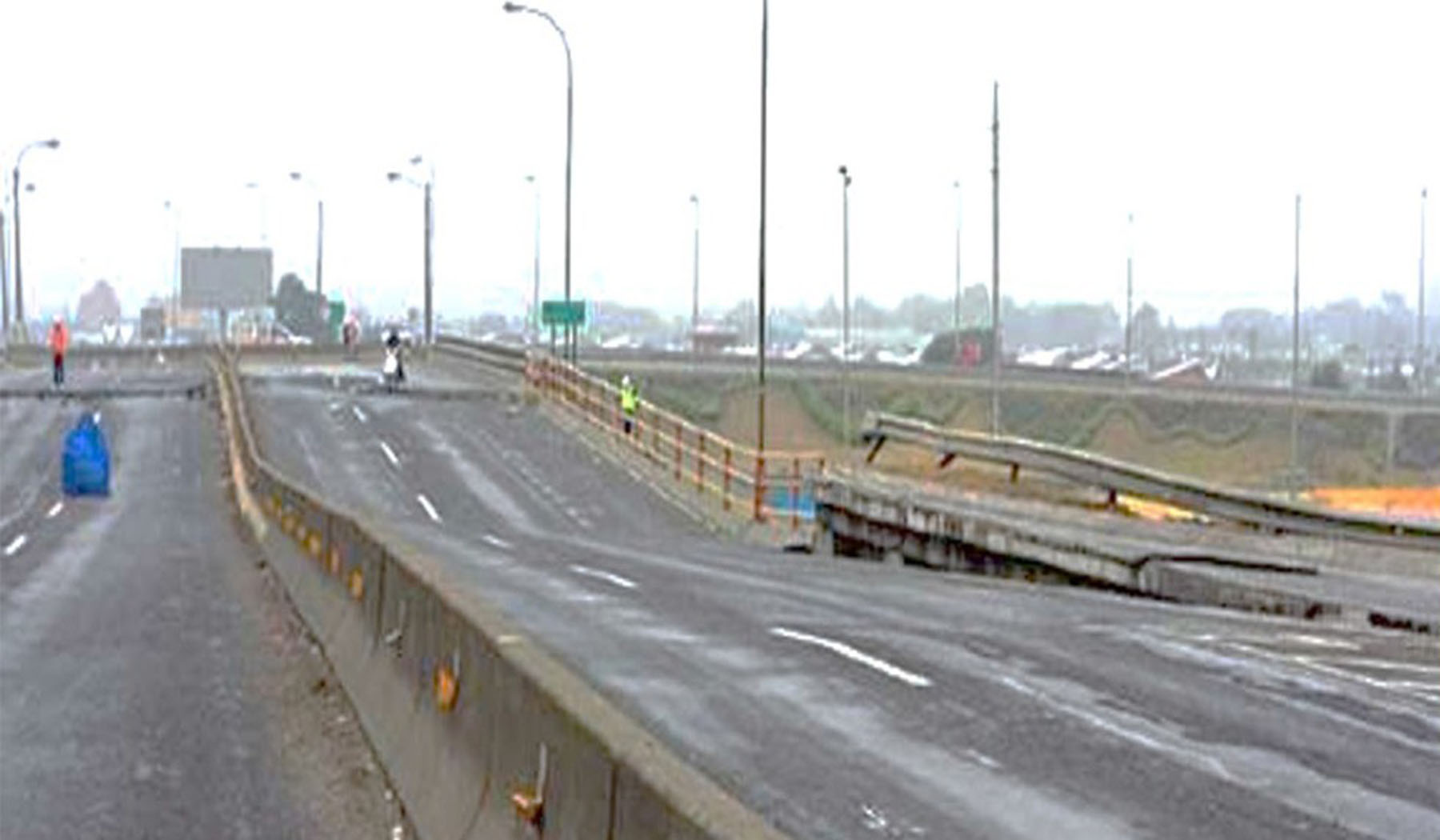This study developed an analytical method that can account for the liquefaction-caused settlement of deep foundations.
Drilled shafts often are used to transfer the structural loads of bridges to deeper and firmer soil layers. Load transfer from the shaft to the soil or vice versa is accomplished through the relative movement between the shaft and soil. During and following liquefaction caused by an earthquake, sandy soil layers shrink in volume and settle. The resulting downward movement of the overlying soil layers relative to the drilled shafts causes shear stress along the shaft and changes the axial load distribution, called drag force. Depending on the site conditions, the change in the axial responses that result from liquefaction-induced soil settlement and drag load can significantly affect the performance of drilled shafts, even limiting the serviceability of the structure.
Only a few analytical studies have addressed drag load and downdrag in cases where the soil settlement is caused by seismic liquefaction. This study developed an analytical method for quantifying the effects of liquefaction-induced downdrag on drilled shafts. The analytical method is based on the neutral plane method, which was originally developed for clays but was modified to account for liquefaction-induced effects. The neutral plane method simplifies soil-shaft interactions and is more representative of actual conditions than other methods.
In this study, the neutral plane method was applied to a case study of downdrag observed during the February 2010 8.8-magnitude earthquake in Maule, Chile. The method was able to predict the liquefaction-induced settlement that was the major cause of structural failure during that event. The researchers also illustrated the developed procedure with two field cases of drilled shafts in liquefiable soils in Washington state.
Authors:
Balasingam Muhunthan
Noel V. Vijayathasan
Babak Abbasi
WSU Department of Civil and Environmental Engineering
Sponsor: WSDOT
WSDOT Technical Monitor: Tony Allen
WSDOT Project Manager: Lu Saechao

